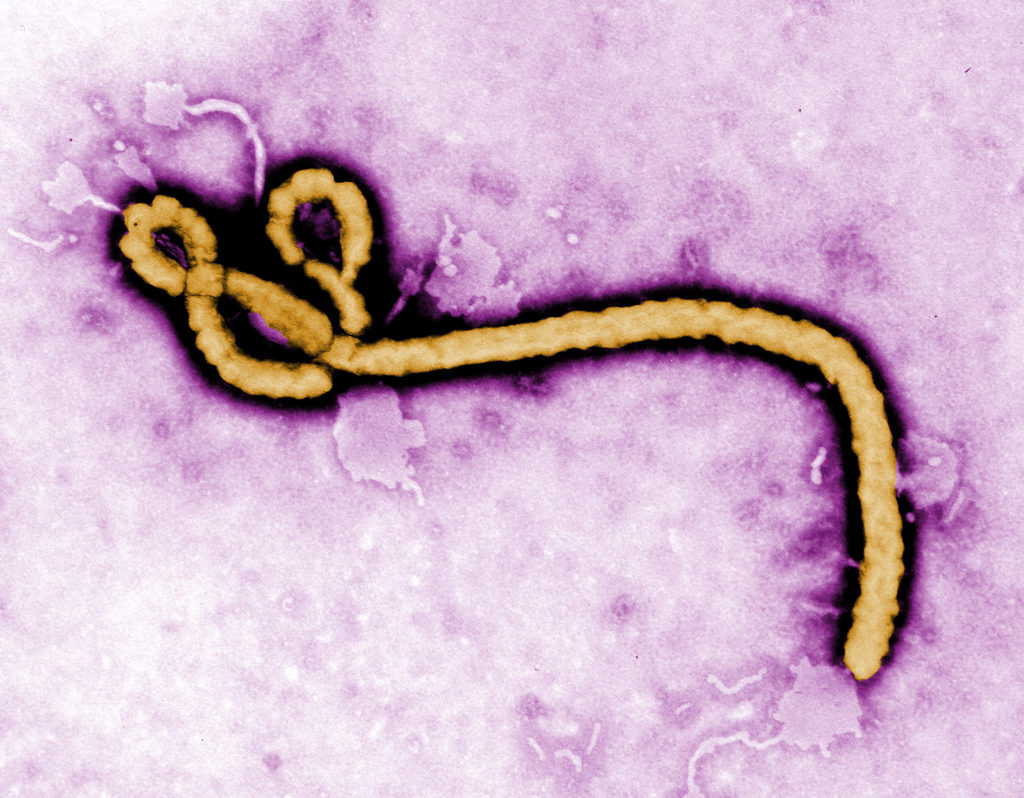
Scientists are calling for the creation of a global early warning system for infectious diseases. Such a system would use computer models to tap into environmental, epidemiological, and molecular data – gathering the intelligence needed to forecast where disease risk is high and what actions could prevent outbreaks or contain epidemics.
An early warning system would shift the infectious disease paradigm from reactive –
where first responders scramble to contain active threats, as in the recent Ebola and Zika outbreaks – to pre-emptive management of risk. Infectious disease intelligence could assess vulnerabilities based on the ebb and flow of risk in real-time, and inform targeted responses that minimize damages.
Barbara Han of the Cary Institute of Ecosystem Studies explains…
“For far too long our main strategy for tackling infectious disease has been defense after emergence, when a lot of people are already suffering. We are at an exciting point in time where technology and Big Data present us with another option, one that is anticipatory and has real potential to improve global health security.”
Machine learning has already proven successful at mining data from multiple sources to identify animal species likely to carry disease and geographic hotspots vulnerable to outbreaks of specific pathogens. Scaling up this effort to create a tool for global health authorities will require increasing the stream of data available for modeling, investing in a quantitative workforce, and fostering dialogue among modelers and decision makers.
A global early warning system for infectious diseases would be transformative in efforts to advance global health security and improve global health equity.
**********
Web Links
Future directions in analytics for infectious disease intelligence
Photo, posted August 13, 2014, courtesy of CDC Global via Flickr.
‘Early Warning Disease System’ from Earth Wise is a production of WAMC Northeast Public Radio, with script contribution from the Cary Institute of Ecosystem Studies.